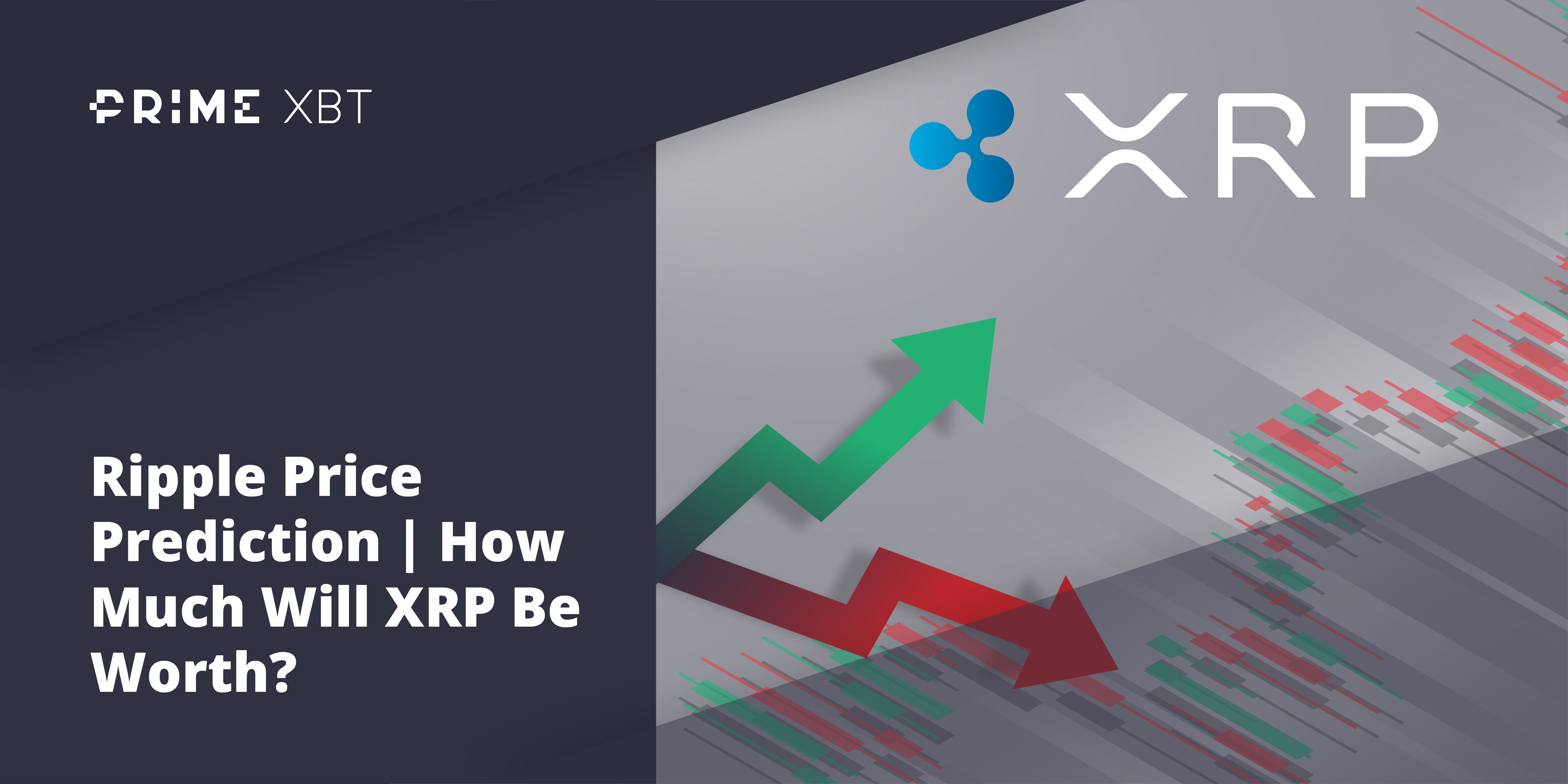When looking at Avalanche vs. Solana, you need to understand that there are plenty of differences, but at the end of the day, most traders similarly look at them. Solana vs. Avalanche is a debate that’s been going on for a while, mainly because they both serve many of the same functions. To understand how to trade them, we look at several factors.
Avalanche: The basics
To understand the market for Avalanche, you will need to understand some of the basics regarding this network.
What is Avalanche, and how does it work?
Avalanche is a cryptocurrency and blockchain platform that competes with Ethereum, known for its speed and scalability. The avalanche blockchain can provide a near-instant transaction finality, is used to pay for transaction processing fees, secure the Avalanche network, and uses the AVAX coin as a basic accounting unit among the various blockchains in the Avalanche network.
Advantages of Avalanche
One of the most significant advantages of Avalanche is speed. It can process 4500 Transactions Per Second. Transaction fees in the coin creation rate are determined using a governance model on the network. It also has a limited maximum supply of coins, capped at 720 million.
Its consensus mechanism confirms transactions by using a unique method that requires many small and random subsets of network participants to confirm them before the transactions are considered to be finalized.
Disadvantages of Avalanche
Unfortunately for Avalanche, it is in significant competition, with plenty of other platforms like Ethereum knocking on the door. Avalanche validators must stake 2000 AVAX tokens, meaning that it’s possible that the network may not be as decentralized as tokens become more expensive. Furthermore, malicious or careless validators are never penalized for losing their coins.
Solana: The basics
To understand the value proposition of Solana, it is essential to understand some of the basics regarding the network and the SOL coin.
What is Solana, and how does it work?
Solana is a blockchain platform designed to host decentralized and scalable applications. It was founded in 2017 as an open-source project run by the Solana Foundation based in Geneva, Switzerland, while San Francisco-based Solana Labs built the blockchain.
Solana uses a proof of history concept to verify transactions. This means that the network runs on a standardized clock, guaranteeing when and where a transaction is either accepted or rejected.
Advantages of Solana
Solana is a high-speed network with an easy learning curve for users and developers. The Transactions Per Second (TPS) has shown during a stress test that transactions on Solana can reach 13,034 TPS. Solana transactions cost fractions of cents, making it extraordinarily cheap compared to many other networks.
The Disadvantages of Solana
Solana has faced as many as seven global outages in one year, putting into question its viability as a reliable blockchain in the long run. The speed and efficiency that Solana boasts come at a cost. The network is not as “decentralized” as Ethereum, its main competitor. In that sense, it may not be the “Ethereum killer coin.”
Critical differences between Avalanche and Solana
To trade these coins, you should understand that there are some significant differences between them, which could, of course, affect the pricing of each market.
Value
Avalanche has risen from just over $3 to an all-time high of just above $135, only to turn around and crash quite drastically during the crypto meltdown of 2022. Solana has seen a massive shot higher, rising from just over $10 to reach the $252 level in the highs of the crypto bubble, only to turn around and break down to get its beginning price.
Evolution
The evolution of Avalanche began as a protocol for solving for consensus in a network of unreliable machines, or failures may be Byzantine. The protocols fundamentals were first shared on the Interplanetary File System in May 2018. Avalanche was later developed by a dedicated team of researchers from Cornell University, led by various computer science and software engineer experts. This led to 3 different chains; the Exchange Chain is the platform for creating and trading digital assets. This is also followed by the Contract Chain, which is used for smart contracts, and the Platform Chain, which is the chain for staking and validating AVAX.
Solana was proposed in a white paper by Anatoly Yakovenko published in November 2017. It described a technique called “proof of history,” On March 16, 2020, Solana’s first block was created. In June 2021, Solana raised a $314 million funding round.
Unfortunately, in August 2022, it was announced that the Solana ecosystem had been targeted by hackers, affecting 9231 Solana Wallace. A total of $4.1 million has been taken from victims. Security researchers discovered that Slope while it sent sensitive account data to its remote servers in clear text. Because of this, Solana was vindicated as it appears that the absolute risk was with poor wallet design from a third party.
Coin Limits
One of the more striking differences between the two networks is the coin limits. It’s worth noting that Avalanche has a total limit of 720 million tokens, while the Solana network has no maximum amount of coins.
What Makes Solana and Avalanche Similar?
The Solana and Avalanche networks and coins are similar in multiple ways, as they both look to solve similar problems. Hosting decentralized applications and focusing on scalability have been significant driving factors. Avalanche and Solana have seen varying degrees of interest from the crypto community as a whole, mainly because they are solving many of the same issues.
Mining Process
The mining process is similar as they are proof-of-stake or PoS algorithm-driven. It’s not a matter of mining; it’s a matter of using your coins to help validate and secure the networks. The Avalance vs Solana aspect here is similar in the debate.
Less Energy
These networks use much less energy than the old proof-of-work networks and Ethereum. However, it should be noted that the Ethereum network has recently switched; therefore, the gap between the three will likely continue to disappear.
Staking
Staking is how you earn rewards on both networks, and of course, it does help validate, secure, and move transactions along the network. Doing so allows holders to have a stake in the market’s health while earning more coins.
Solana vs. Avalanche: Comparison
To give you a quick “Birdseye view” of the market comparison between these two networks.
| Feature | Avalanche | Solana |
| Date Founded | March 2020 | April 2019 |
| Ticker | AVAX | SOL |
| Market Cap | $3.95 billion | $5.01 billion |
| General Purpose | Power transactions and decentralized apps | Decentralized Apps |
| Transaction Function | Snow consensus | An array of signatures, message |
| Mining Standard | Proof-of-history | Proof-of-stake |
| Maximum Available Supply | 720,000,000 tokens | No maximum |
| How Is the Currency Used? | Paying transaction fees on the network | Exchange for goods and services, run smart contracts. |
| What Influences the Value? | Network activity | Demand and network use |
SOL vs. AVAX: Historical Price Action Reviewed
When looking at the price action of SOL vs AVAX, these two coins have behaved similarly over the last couple of years, as crypto has seen quite a bit of noise. The coins both found themselves to test astronomical highs, gaining over ten times the original price. However, this was amid a massive crypto bubble; therefore, it does make a certain sense that they have risen and fallen with each other. Both of these markets are near opening prices again, as most crypto has either done a complete “round-trip” or is well on its way to doing so. Avalanche and Solana are going to be no different in this respect as almost all other markets.
Avalanche vs. Solana: Which one is the better investment?
Deciding which is the better investment will be complicated as it is a very fluid situation. After all, new developers are heading toward the blockchain space every day; therefore, it will come down to a battle of attrition. Avalanche and Solana have their own fans, so sooner or later, things could become much more straightforward, but these networks have viable communities right now, so they are both probably worth investing in. In the past, the percentage of gains in the markets for both coins was very similar.
Conclusion
Both Avalance and Solana markets are widely followed by traders worldwide; therefore, you need to pay attention to both as a potential part of your portfolio. Both rely on a proof of stake consensus mechanism, and both are much more energy-efficient than some of the older networks, Ethereum included.
Ultimately, both of these networks have the probability of having multiple uses. As crypto continues to evolve, developers will likely pick one network or the other based on speed or security concerns. Sometimes it will have to do with other blockchain applications they are trying to interface with, making a choice relatively simple.
Regardless, both of these more likely than not have a place in a well-diversified portfolio of crypto assets. Keep in mind that the entire cryptocurrency market tends to move in concert, meaning that if Bitcoin starts to rally, Ethereum will rally as well, pushing Solana higher and having a knock-on effect on other coins like Avalanche and so on. Should you invest in Avalance or Solana? The answer could very well be “both.”
Is Solana or Avalanche better?
It’s difficult to say which one is better, but Solana probably has the edge. After all, it is quicker, but at the end of the day, Avalanche is also widely developed. Deciding on Avalanche vs Solana is going to be tough, but new developments will be crucial to watch.
Is Avalanche like Solana?
The two coins are very similar and, quite frankly, competitors. Nonetheless, we will likely see both continue attracting plenty of development, meaning they both have their place in the crypto world. To decide on AVAX vs SOL, it might come down to diversifying between the two.


